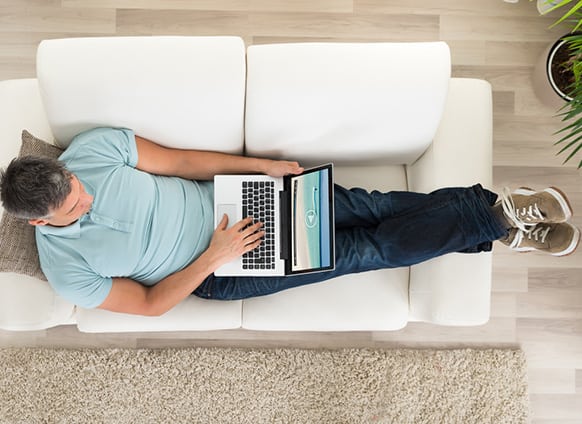A comfortable work space can help you feel your best. Give your sitting work area a makeover with this visual guide to office ergonomics.
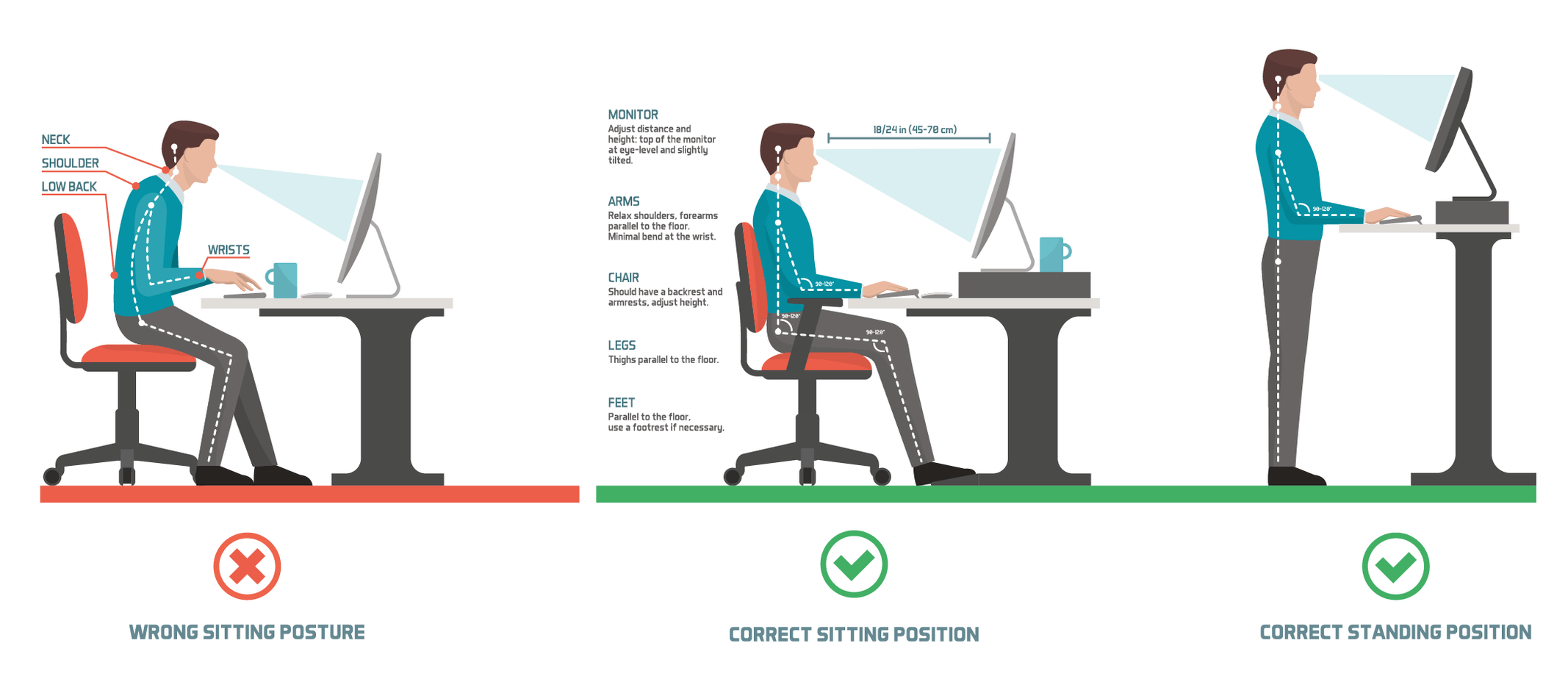
If you sit behind a desk for hours at a time, you’re not doomed to a career of neck and back pain or sore wrists and fingers. Proper office ergonomics — including correct chair height, adequate equipment spacing and good desk posture — can help you and your joints stay comfortable at work.
Ready to give your work space a makeover? Get started making your sitting workstation comfortable with this visual guide to sitting workstation ergonomics.
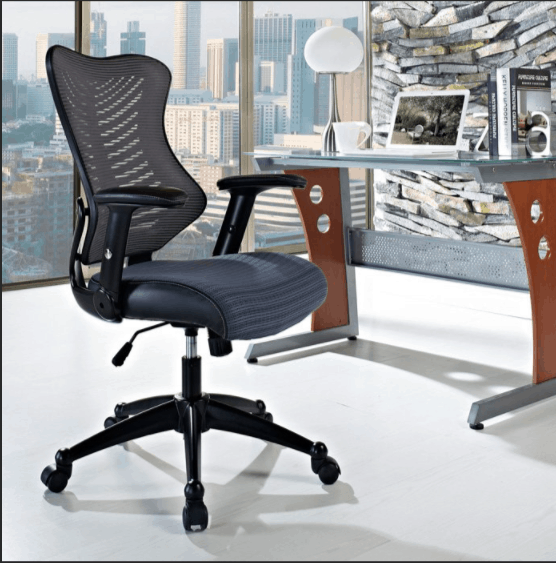
Chair
The manufacturing process for cork flooring has been around for over a hundred years and many floors installed in the 1920’s and 1930’s are still beautiful viable floors today.
The usefulness of cork has been known for generations. Dom Perignon was the first recorded user of cork as a bottle stopper for champagne bottles. The cellular construction of cork makes it not only highly resilient and compressible, and the closed cells make it impervious to water. The air-filled cells make cork a great thermal insulator and the compression of the air soaks up sound energy as well. Cork as a flooring or wall material is warm and quiet.
Key objects
Keep key objects — such as your telephone, stapler or printed materials — close to your body to minimize reaching. Stand up to reach anything that can’t be comfortably reached while sitting..
Telephone
If you frequently talk on the phone and type or write at the same time, place your phone on speaker or use a headset rather than cradling the phone between your head and neck.

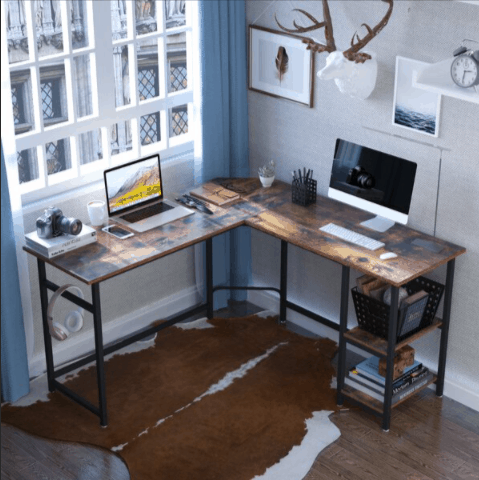
Keyboard and mouse
Place your mouse within easy reach and on the same surface as your keyboard. While typing or using your mouse, keep your wrists straight, your upper arms close to your body, and your hands at or slightly below the level of your elbows. Use keyboard shortcuts to reduce extended mouse use. If possible, adjust the sensitivity of the mouse so you can use a light touch to operate it. Alternate the hand you use to operate the mouse by moving the mouse to the other side of your keyboard.
Footrest
If your chair is too high for you to rest your feet flat on the floor — or the height of your desk requires you to raise the height of your chair — use a footrest. If a footrest is not available, try using a small stool or a stack of sturdy books instead
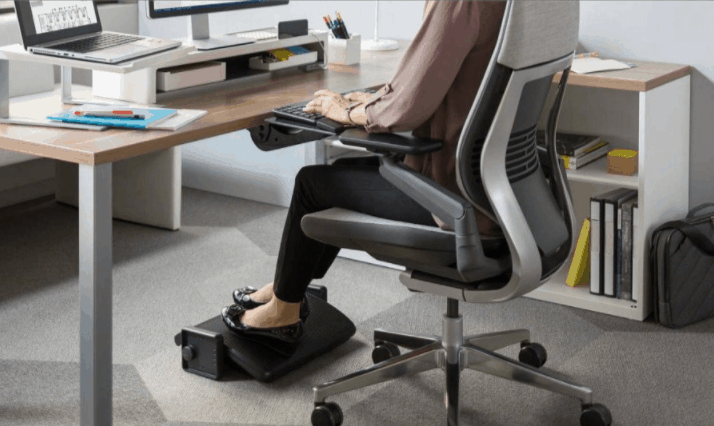
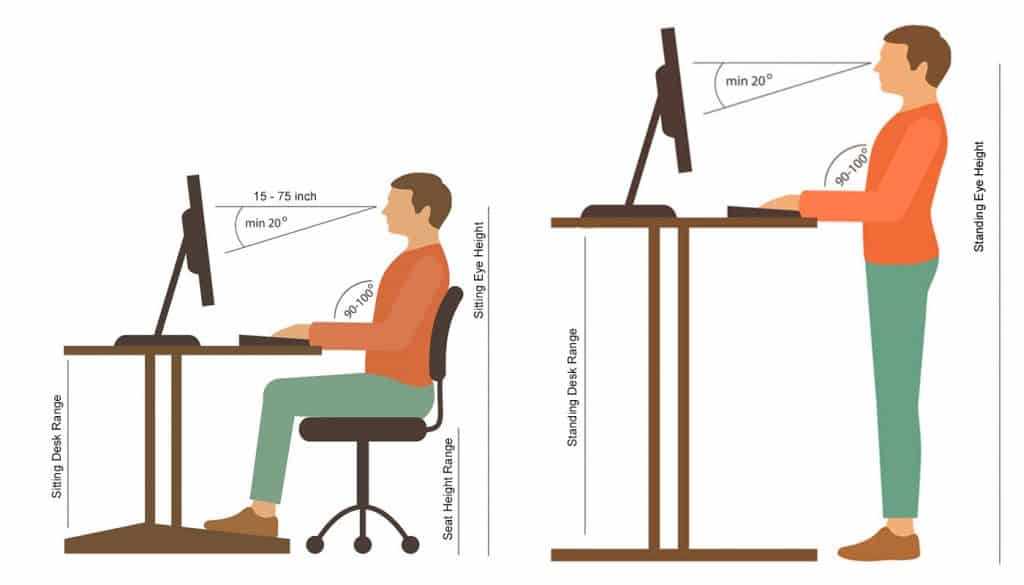
Monitor
Place the monitor directly in front of you, about an arm’s length away. The top of the screen should be at or slightly below eye level. The monitor should be directly behind your keyboard. If you wear bifocals, lower the monitor an additional 1 to 2 inches for more comfortable viewing. Place your monitor so that the brightest light source is to the side.
Desk
Under the desk, make sure there’s clearance for your knees, thighs and feet. If the desk is too low and can’t be adjusted, place sturdy boards or blocks under the desk legs. If the desk is too high and can’t be adjusted, raise your chair. Use a footrest to support your feet as needed. If your desk has a hard edge, pad the edge or use a wrist rest. Don’t store items under your desk.
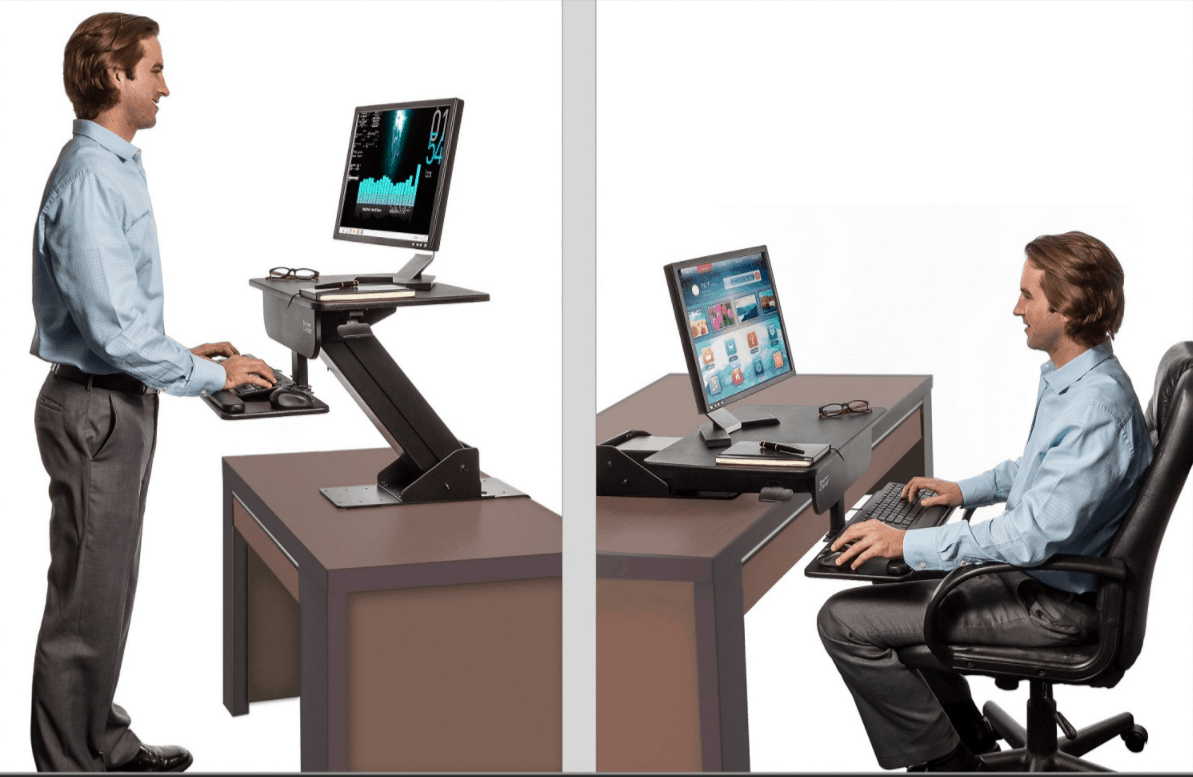
If you are needing some inspiration, check out our website at www.decca-design.com or Pinterest.com. We can be found at Decca Design.
Has this been helpful? Please respond with your thoughts and tell us what’s on your Design Mind. We look forward to your comment below.

